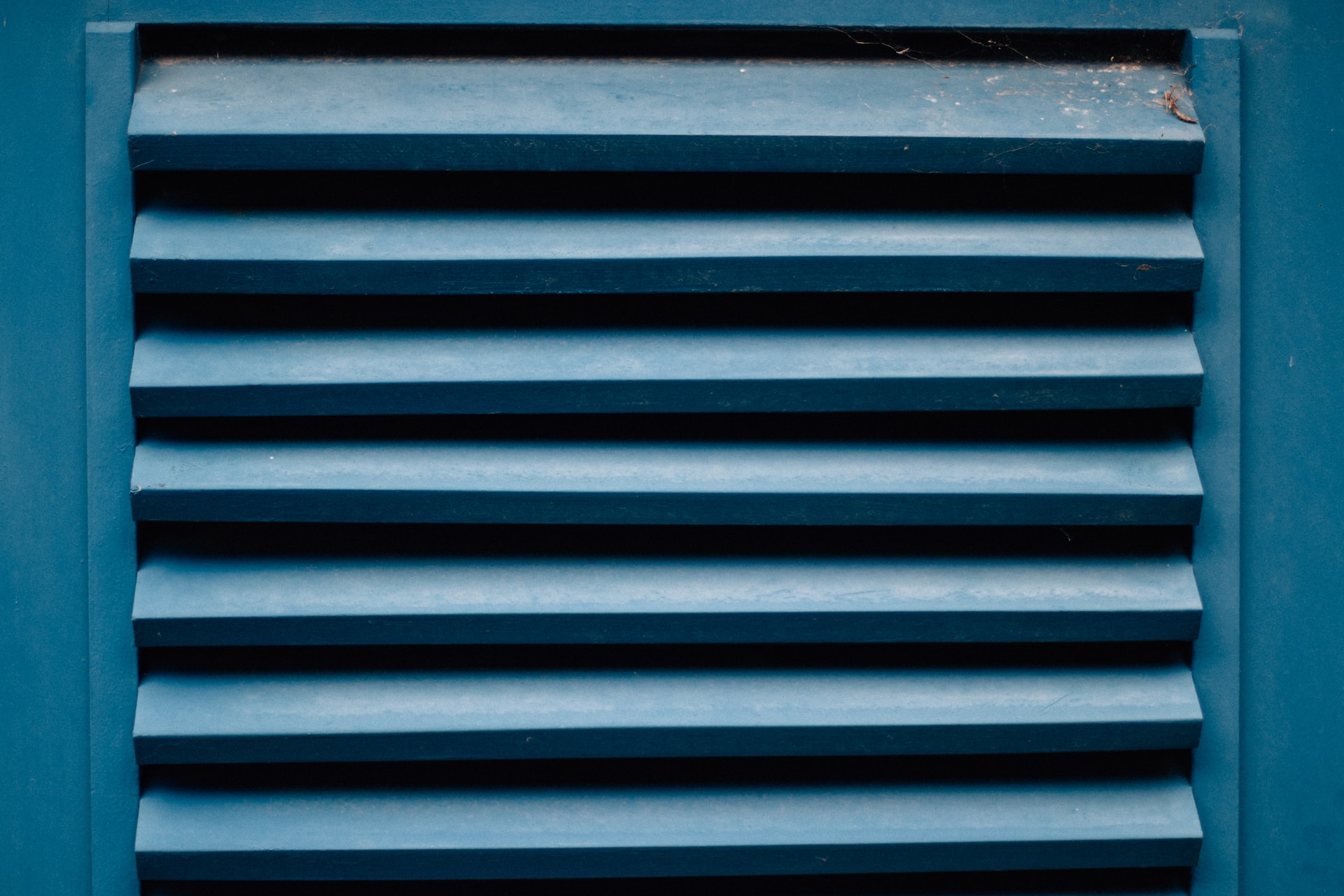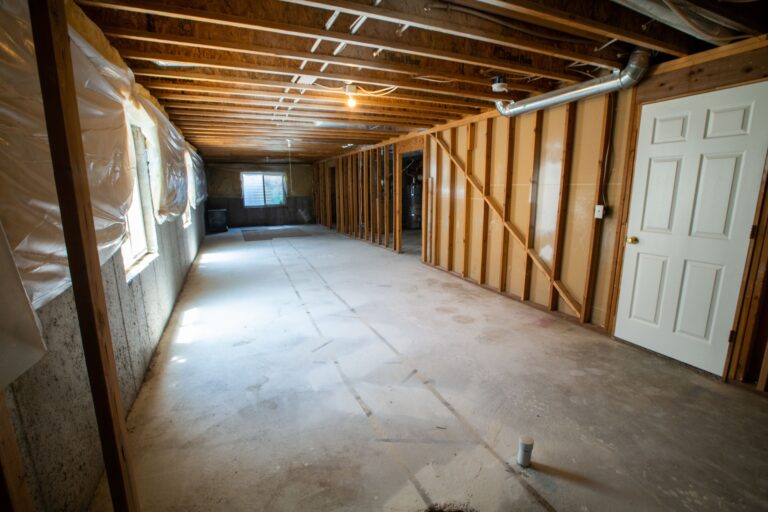When it comes to protecting our homes from natural disasters, flood protection should be at the forefront of our minds. Floods can cause significant damage to our properties, leading to costly repairs and emotional distress. However, there are steps we can take to enhance our home’s flood resilience, and one effective method is by installing flood vents.
What are Flood Vents?
Flood vents are specially designed openings in the foundation walls of a building that allow water to flow in and out during a flood event. These vents play a crucial role in preventing structural damage and reducing the risk of collapse, as they equalize the pressure inside and outside the building. By allowing water to enter and exit freely, flood vents help alleviate the immense pressure that floodwaters exert on the walls and foundation, minimizing the chances of structural failure.
Key Advantages of Installing Flood Vents

1. Prevents Hydrostatic Pressure Buildup
During a flood, water exerts immense pressure on the walls and foundation of your home. This pressure, known as hydrostatic pressure, can cause severe structural damage and even lead to the collapse of the building. By installing flood vents, you can prevent the buildup of hydrostatic pressure by allowing water to flow freely in and out of your home. This relieves the stress on your walls and foundation, reducing the risk of structural damage.
2. Protects Against Foundation Damage
The foundation is one of the most vulnerable areas of a home during a flood. Excessive water accumulation can cause the soil beneath the foundation to become saturated, leading to soil erosion and foundation settlement. Flood vents help alleviate this problem by allowing water to flow through the foundation, preventing the buildup of hydrostatic pressure. By keeping the foundation dry, flood vents protect against costly foundation repairs and potential structural instability.
3. Cost-Effective Flood Protection
Compared to other flood mitigation measures, such as building elevated foundations or installing flood barriers, flood vents are a cost-effective solution. They are relatively easy to install and require minimal maintenance once in place. Additionally, flood vents are specifically designed to withstand the harsh conditions of flooding, ensuring long-term durability and effectiveness.
4. Minimizes Moisture-Related Issues
Flooding can introduce excessive moisture into your home, leading to a host of issues such as mold growth, rot, and deterioration of building materials. By installing flood vents, you can minimize these moisture-related problems. The free flow of water in and out of your home ensures that any water that enters quickly exits, reducing the likelihood of mold growth and moisture damage.
5. Compliance with Building Codes
Many flood-prone areas have strict building codes that require the installation of flood vents in homes. By installing flood vents, you can ensure that your property meets the necessary regulations, avoiding penalties and legal issues. Moreover, having compliant flood vents may even qualify you for lower insurance premiums, as insurance companies recognize the efforts made to mitigate flood damage.
6. Preservation of Property Value
Homes that are equipped with flood vents demonstrate a commitment to flood resilience, making them more attractive to potential buyers. By installing flood vents, you not only protect your property from flood damage but also increase its market value. This can be particularly beneficial if you ever decide to sell your home in a flood-prone area.
7. Improved Indoor Air Quality
Flood vents not only allow water to enter and exit but also facilitate the circulation of air. This exchange of air helps prevent the buildup of harmful mold and mildew, which thrive in damp environments. By maintaining better indoor air quality, flood vents contribute to a healthier living environment for you and your family.
8. Peace of Mind
Perhaps the most important advantage of installing flood vents is the peace of mind they provide. Knowing that your home is equipped with an effective flood protection system can alleviate your worries during heavy rainfall or when a flood warning is issued. You can rest assured that your property is better prepared to withstand flooding, reducing stress and anxiety.

Choosing the Right Flood Vents
When considering flood vent installation, it is important to choose the right ones for your specific needs. There are various types of flood vents available, including manual and automatic options. Consulting with a professional flood vent installer or a structural engineer can help you determine the appropriate type and number of flood vents required for your home.
The Bottom Line
In conclusion, installing flood vents is a wise investment for homeowners looking to enhance their home’s flood resilience. If you live in a flood-prone area, consider consulting a professional to evaluate your home’s flood risk and determine the most suitable flood vent system for your needs. Don’t wait until it’s too late – take proactive steps to protect your home and loved ones from the devastating effects of flooding.







